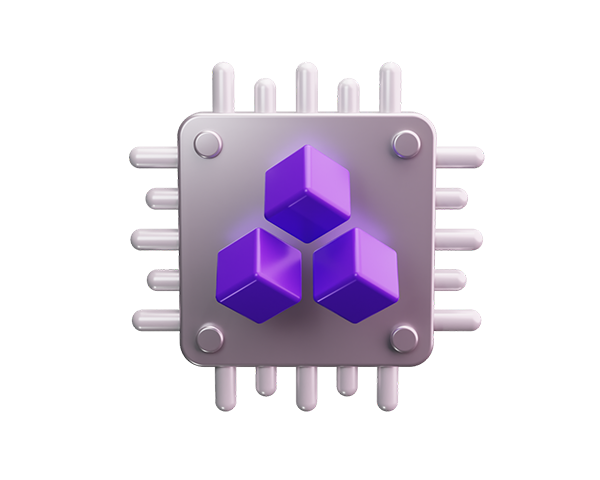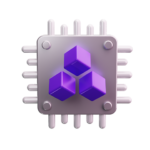The Next Frontier in Technology
Edge computing has emerged as a revolutionary concept in the field of technology. While cloud computing has been the dominant force in data management and processing, edge computing adoption is rapidly gaining momentum, promising to reshape the way we think about data and its processing.
So, what exactly is edge computing? In simple terms, edge computing involves processing data closer to the source of the data, rather than relying on a central location such as a cloud server. This means that data is processed locally, at the “edge” of the network, which can be a device, a sensor, or any other connected equipment.
The adoption of edge computing is driven by several factors. One of the key drivers is the exponential growth of data generated by the Internet of Things (IoT) devices. With more and more devices being connected to the internet, the volume of data being generated is overwhelming traditional cloud infrastructure. Edge computing offers a solution to this problem by enabling data to be processed locally, reducing the need for transferring large volumes of data to a central server.
Another driving force behind edge computing adoption is the need for real-time data processing. In many applications, especially those related to critical infrastructure, healthcare, and autonomous vehicles, real-time data processing is essential. Edge computing allows for instant data analysis and decision-making, without the latency that can occur when sending data to a remote server for processing.
Moreover, edge computing offers enhanced data security and privacy. By processing data locally, organizations can minimize the risk of data breaches and unauthorized access. This is particularly important in industries where data security and privacy are of utmost concern, such as healthcare and finance.
The implications of edge computing adoption are far-reaching. From improved operational efficiency and reduced network latency to enhanced data security and privacy, the benefits of edge computing are significant. As more organizations recognize the potential of edge computing, we can expect to see widespread adoption across various industries in the coming years.
In conclusion, edge computing adoption represents a paradigm shift in the way we approach data processing and management. With its potential to address the limitations of traditional cloud computing and enable real-time data processing, edge computing is poised to become the next frontier in technology. As businesses and industries continue to embrace this transformative technology, the impact of edge computing adoption will undoubtedly be profound.


